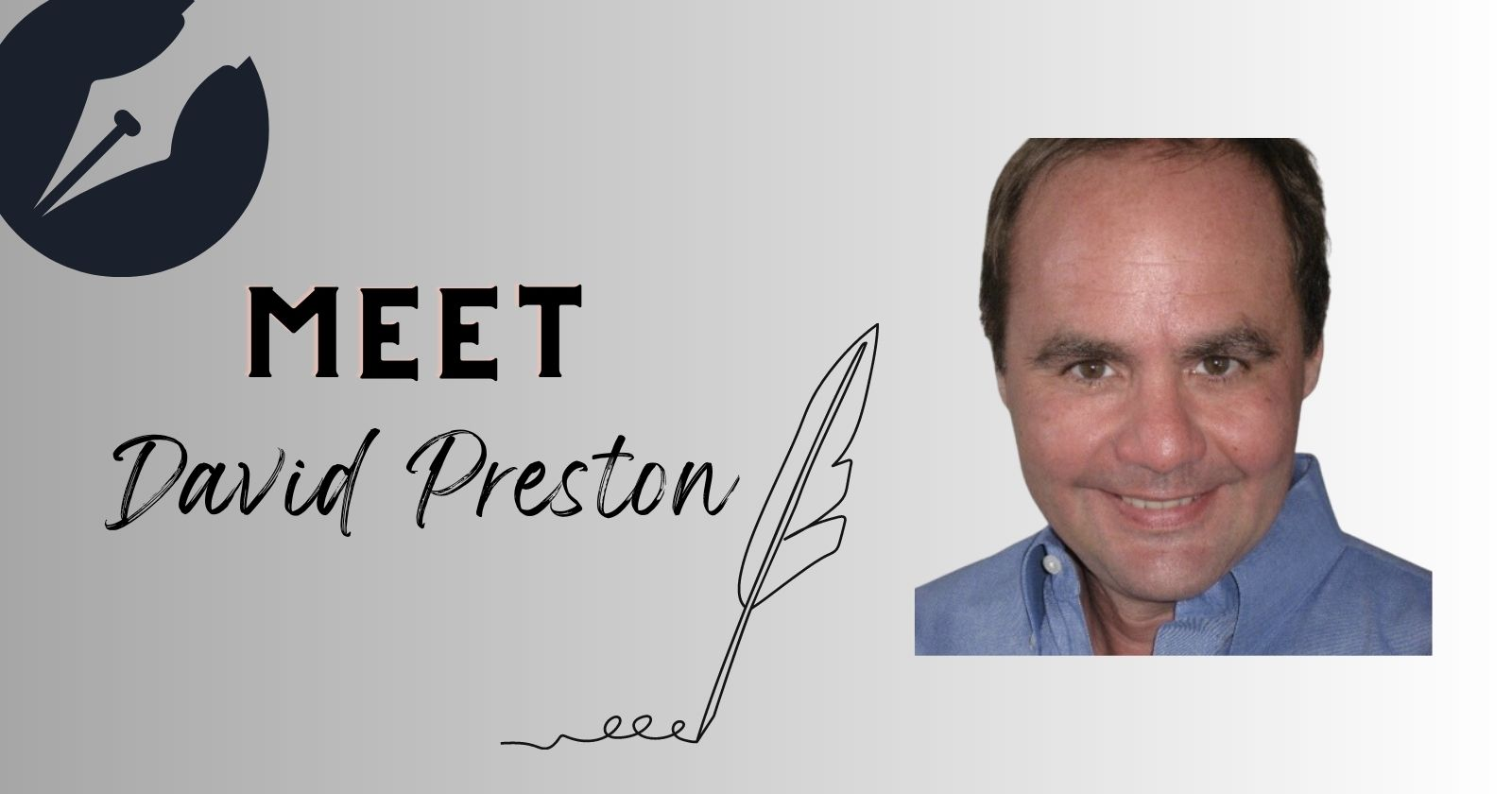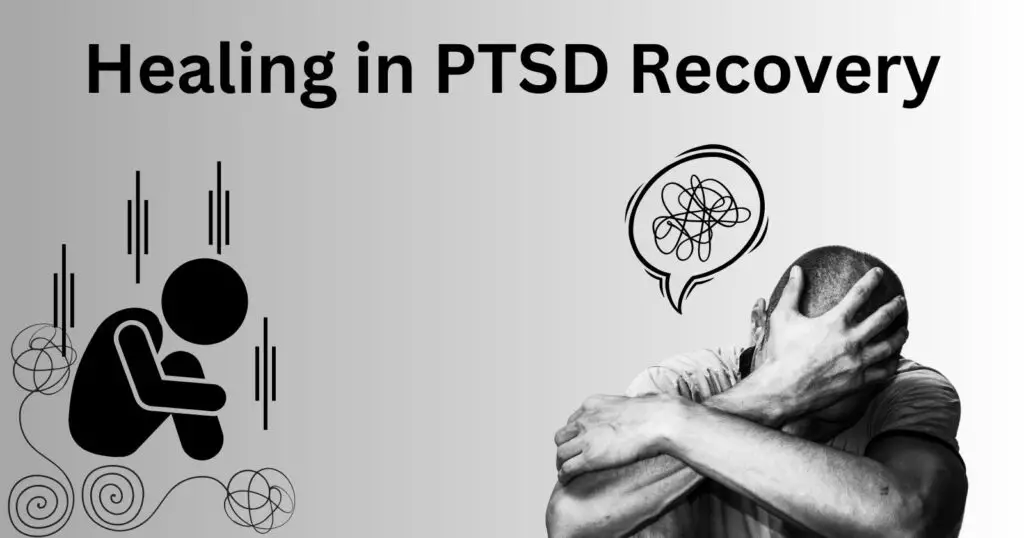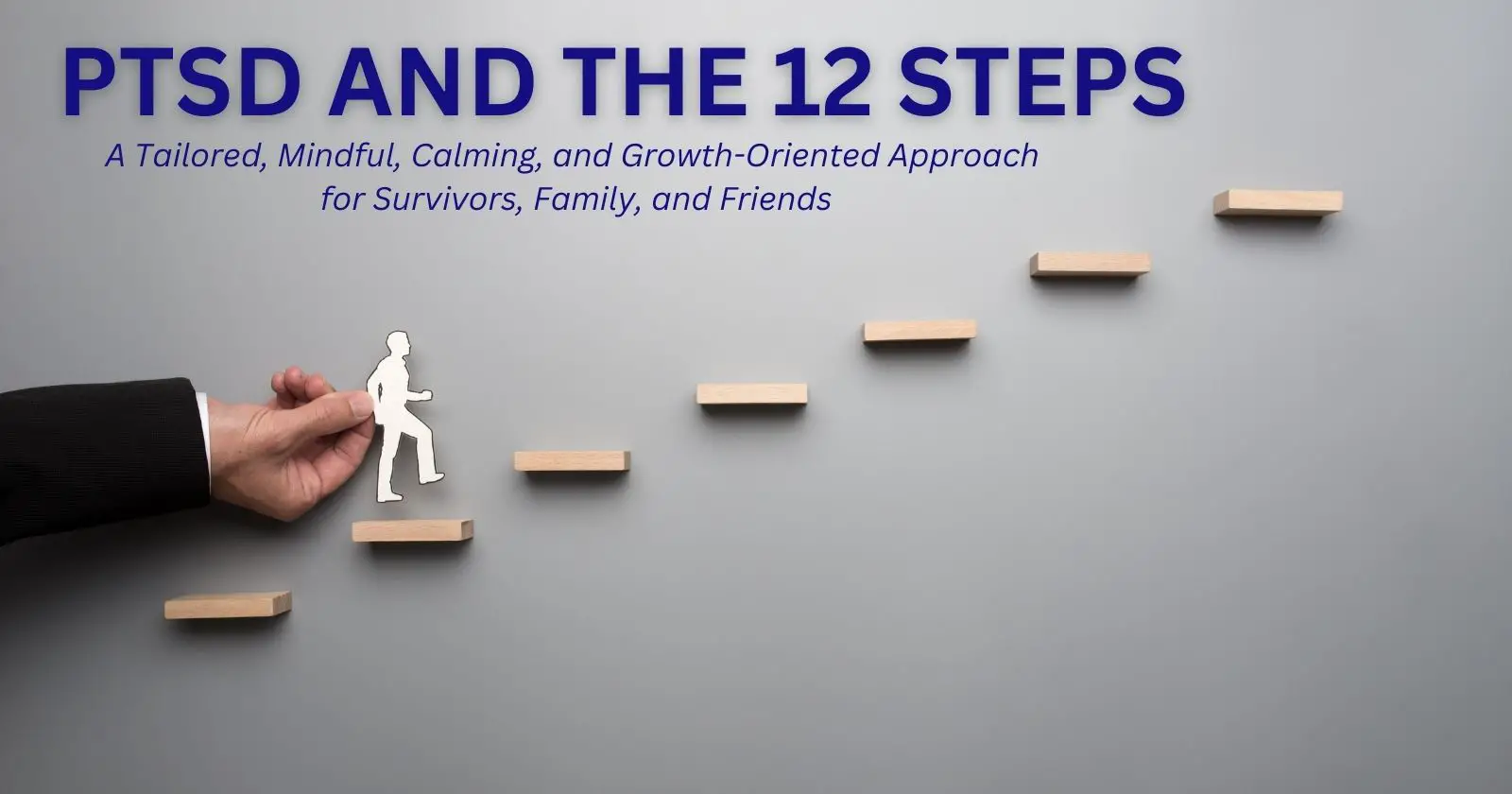Life is a beautiful, yet challenging journey. Along our path, we are bound to encounter hardships and struggles that shape us. As a PTSD-afflicted veteran, a recovering alcoholic since 9/27/1999, and a psychology enthusiast, I have traversed many obstacles and endured countless struggles. From my experiences working with combat veterans at Operation Stand Down with San Diego Veteran’s Village, I’ve come to understand the significance of well-directed emotional support for those facing PTSD symptoms and anxiety.
In this journey, I recently came across a book titled “PTSD AND THE 12 STEPS: A Tailored, Mindful, Calming, and Growth-Oriented Approach for Survivors, Family, and Friends” by David R. Preston. This book, published by Eve Pacific Media, is an exceptional guide in offering understanding and relief to those dealing with PTSD feelings related to. It bridges the gap between PTSD treatment and the famous 12 Steps, resulting in a healing process that speaks directly to the survivors of traumatic event and mental illness, and their family and friends.
Before diving into the essence of this book, let’s take a moment to appreciate the individual behind this creation. David R. Preston holds a Ph.D. in Microbiology and Cell Science from the University of Florida and a J.D. from the George Mason School of Law in Arlington, Virginia. Specializing in patent law, he has made significant contributions in the realm of intellectual property law. Now, how does a patent attorney end up writing a book about PTSD and the 12 Steps?

Personal Struggles to Tailored Healing in PTSD Recovery
David Preston himself has navigated the tumultuous waters of trauma, anger and depression. Suffering from PTSD and its multifaceted challenges, he recognized the shortcomings of traditional 12 Step programs for individuals experiencing trauma just like him. He found that while these programs were helpful, they didn’t fully address the issues unique to PTSD. They lacked the palatability, the presentation, and the implementation essential for traumatic survivors.
Determined to fill this gap, Preston committed three years of his life to in-depth research, reading, studying, experimenting, and engaging in dialogues with fellow sexual assault survivors and professionals. His efforts eventually culminated into this book – a masterfully tailored 12 Step program designed to cater to the distinctive aspects of psychological trauma and trauma symptoms.
The Fundamentals
Twelve-step programs, though rooted in ancient concepts, are adaptable to a range of circumstances beyond addictions and substance abuse. Four foundational elements of these programs, which Preston emphasized in his book, include:

- The recognition of our imperfections and the belief in the possibility of progress with assistance from others.
- Self-searching is a route to self-awareness, transformation, awakening, and growth, which can involve rigorous reflection on the past and ourselves.
- The need for diligence in self-searching, recognizing it as an ongoing and perhaps lifelong process that helps us address life changes.
- The understanding that stability, maintenance, and growth can partly be achieved through altruism and participation in an appropriately focused community.
These principles guide the traditional 12 Step programs, yet they may be frustratingly vague for trauma survivors. The language often has sharp edges and corners that may need to be sanded down. Preston acknowledges this and offers his own recovery interpretation of the Steps, which focus on adding “meat to the children of bones,” as he eloquently phrases it.
Preston’s Adapted 12 Steps for PTSD
Perhaps the most valuable asset within the pages of this book is the 12 Steps reimagined specifically for PTSD survivors. Preston’s mindful approach to therapy has resulted in an inclusive and trauma-informed variation of the traditional Steps. Here’s a glimpse into Preston’s tailored treatment plan for 12 Steps for PTSD:
- We recognized that we were powerless over our trauma, the effects of the trauma and devastating impact of natural disaster on ourselves and our families and friends – that our lives had become distressed.
- Came to believe that a power other than ourselves could restore us to serenity and calm.
- Made a decision to turn our will and our lives over to the care of an external source of power.
- Made a searching and fearless evaluation of our true inner selves and the effects of our trauma on our lives and the lives of others.
- Admitted to our Higher Power, to ourselves, and to another human being the exact nature of our inappropriate actions and emotions and unburdening ourselves of them.
- Were entirely ready to have our external source of power provide us an understanding of all these defects of character and inappropriate use of survival coping skills, and to openly discuss our emotions and fears in hope of resolving their origins and impact on our daily lives.
- Humbly asked our external source of power to manage our shortcomings and survival skills, to honestly accept responsibility for our words and actions, and to forgive others for that which is beyond our control.
- Made a list of all people we had harmed as a direct result of our trauma, and became willing to make reasonable and appropriate amends.
- Made direct and living amends to such people wherever possible, except when to do so would injure them or others, or even ourselves.
- Continued to take personal inventory, evaluated our progress and growth, and when we were wrong as a direct result of our inappropriate responses and behaviors, promptly admitted it and had productive communications with those involved.
- Sought through calming techniques such as prayer or meditation to seek guidance and the internal power and strength to progress forward and grow, and to rededicate our lives and efforts to better ourselves and the conditions of others.
- Having progressed forward and grown as the result of working through and actively applying the principles of these steps to our daily lives, we tried to carry this message to others, notably survivors of trauma, and to practice these guiding principles in other aspects of our life, notably as to interactions with our closest communities, families, and friends.
These steps are not just a blueprint for recovery from physical symptoms, and thoughts and feelings, but they also illuminate the path to self-discovery and personal growth for those living with PTSD. The emphasis on serenity, acceptance, personal inventory, and making amends aligns perfectly with the physical journey a trauma survivor undertakes to find healing and peace against similar traumatic events as he spend time.
However, without stress it is crucial to remember that while these 12 Steps are a powerful tool in managing posttraumatic stress disorder, they should not replace professional help. Consulting with mental health services administration, mental health professionals and using support groups and making use of all available resources is vital. No one should go through traumatic experience or this journey alone.
Acknowledgments
Dr. Joseph T. Hassell, Ph.D., Janet Roberts, Dr. Nancy McCarty, Ph.D., the members and staff of PTSD-United and their HUDDL+ support group, and the members of Mira Mesa Alano Club (MMAC) in the Mira Mesa area of San Diego, California, notably Noble W. and Dan. S, all played a role in shaping this book. Their valuable and equally important contributions, whether they are aware of them.
Conclusion
PTSD and the 12 Steps is not just a book talk therapy; it’s a guide, a therapist, a mentor, and a friend to anyone suffering from trauma and those who wish to support them. Rooted in my academic background in psychology and personal experiences with veterans at Operation Stand Down with San Diego Veteran’s Village, I can affirm that David R. Preston’s work stands as a beacon of hope for survivors and their support networks.
For additional information and resources, please visit [here](https://evepacifichealth.aweb.page/p/b97d80d9-f605-4e39-826
